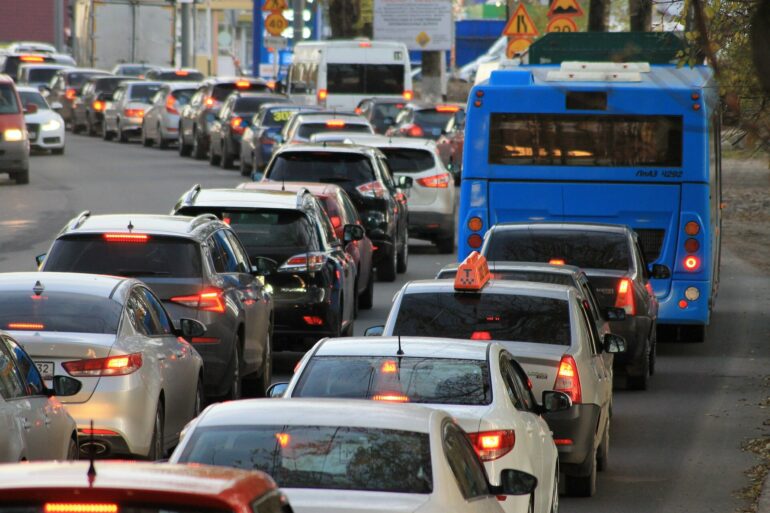In recent years, more vehicles include partially autonomous driving features, such as blind spot detectors, automatic braking and lane sensing, which are said to increase safety. However, a recent study by researchers from The University of Texas at Austin finds that some of that safety benefit may be offset by people driving more, thereby clogging up roads and exposing themselves to more potential crashes.
The study, published recently in Transportation Research Part A—Policy and Practice, found that drivers with one or more of these autonomous features reported higher miles traveled than those of similar profiles who didn’t have them. This is important, because miles traveled is one of the most—if not the most—significant predictor of crashes. The more you drive, the more likely you are to crash.
“What we showed, without any ambiguity in our results, is that after embracing autonomous features, people tend to drive more,” said Chandra Bhat, one of the authors on the project and professor in the Cockrell School of Engineering’s Department of Civil, Architectural and Environmental Engineering. “There are certainly engineering benefits to these safety features, but they are offset to a good extent because people are driving more and exposed more.”
Many studies have examined the future and the impact of fully autonomous vehicles, which have not yet been realized. However, few studies have investigated the impact of partially autonomous features that already exist, said Katherine Asmussen, the student author of the study. The report raises questions about safety issues related to autonomous vehicles, amid reports of concerns about these technologies, said Aupal Mondal, another student author of the study. Bhat says autonomous vehicles are not a panacea for all traffic ills, and the belief that they’ll solve all our traffic and safety problems is wishful thinking.
Surely, there will be safety improvements due to autonomous vehicles, Bhat said. But all these proclamations of massive improvements to traffic because of autonomous vehicles remain purely speculative.
“There are many issues involved, including potentially a large number of ’empty’ trips as AVs drop off one family member and then get back home empty to take another household member elsewhere,” Bhat said. “We need to constantly be thinking about unintended consequences of technology developments.”
The study found that among several autonomous features analyzed, each individual one increased vehicle miles traveled between 5% and 11%, compared to drivers that didn’t have the feature. The features analyzed were lane-assist systems, backup cameras, adaptive cruise control, automatic braking and blind spot monitoring.
The researchers surveyed 978 Austin-area residents and sorted them into groups based on miles traveled annually, with a range of less than 5,000 miles up to 40,000. They measured factors such as income, age, gender, race and opinions on autonomous vehicles and driving in general.
Here are some of the findings from the report:
Backup cameras were the most common assistive feature in the survey, with nearly 51% of drivers having one. Backup cameras are now federally mandated to be included in new cars.The combination that led to the highest increase in miles traveled came from vehicles with backup cameras, adaptive cruise control and automatic breaking at just under 19%.Vehicles with just the automatic braking system saw the smallest increase in miles traveled at just 5%.Women were more likely to use each feature and combination of features regardless of age.
Joining Bhat on the project are Katherine Asmussen and Aupal Mondal from the Department of Civil, Architectural and Environmental Engineering.
More information:
Katherine E. Asmussen et al, Adoption of partially automated vehicle technology features and impacts on vehicle miles of travel (VMT), Transportation Research Part A: Policy and Practice (2022). DOI: 10.1016/j.tra.2022.02.010
Provided by
University of Texas at Austin
Citation:
Do autonomous driving features really make roads safer? (2022, July 28)



